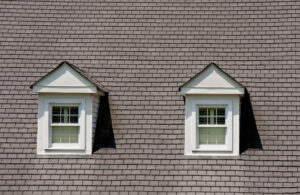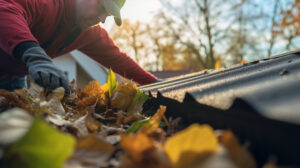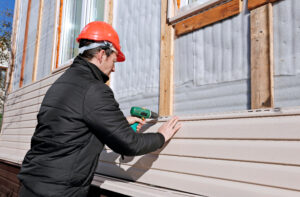The roof, siding, and gutters are key. They protect against the elements. However, they are quite prone to damage. This is especially true when a storm hits. It’s for this reason that you should do a thorough inspection once the storm clears.
To ensure a great assessment, you need to have a storm damage checklist. With this, you can be sure that you won’t miss anything. You are also able to spot and address issues early on. This enables you to restore your home’s safety and integrity.
This article gives a storm damage checklist that you need to follow as soon as the skies clear.
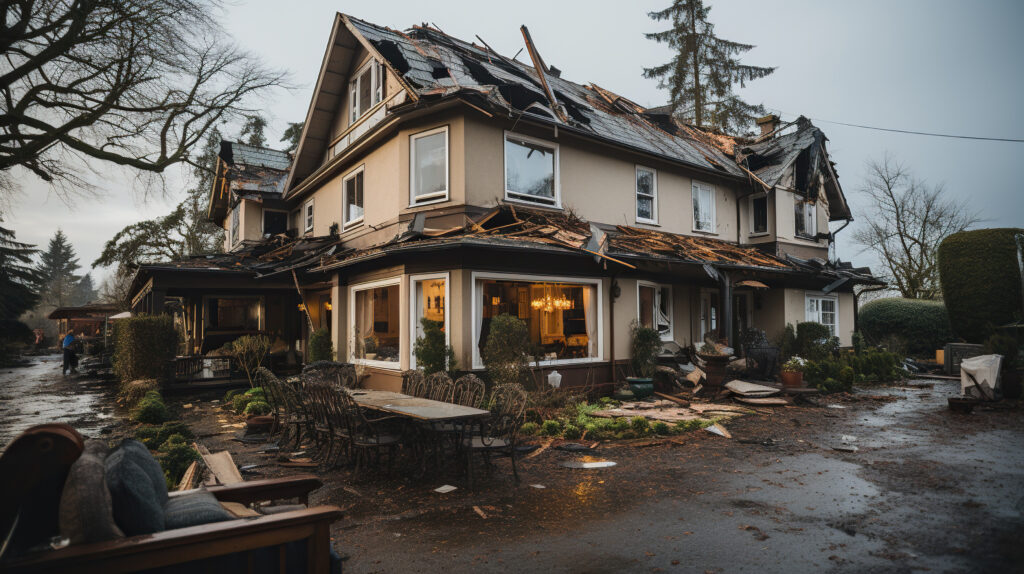
Post Storm: Inspect Your Roof, Siding and Gutters
Roof Inspection for Missing or Damaged Shingles
The roof can be really affected during a storm. It can cause shingles to lift and crack. It also has the capability to completely tear off a roof. Once this happens, the underlayment and roof deck are exposed to moisture. The result of this is leaks and mold growth. You may also experience structural damage. This is especially true if the issue is not promptly addressed.
After a storm, it’s sensible to do a complete roof inspection. As you do this, look for shingles that appear curled. You should also check for granule loss. In addition to this, pay close attention to roof edges. As you do the assessment, don’t forget to check around vents and chimneys. These are crucial areas because that’s where damage starts. Identifying issues early on is crucial. This is because it helps prevent expensive problems in the future.
Examine Siding for Cracks, Dents, or Holes
The siding does a great job of protecting your home’s walls and insulation. This is usually against elements like moisture and wind. However, once a storm hits, it has the potential to cause significant damage to your siding. Some visible signs to watch out for include warped panels and chipped paint. You may also notice that some sections appear loose or detached.
Cracks and dents might look insignificant at first. However, they have the potential to allow moisture to seep behind the siding. This can end up causing mold growth and insulation damage. It can also lead to interior water stains.
Any issues spotted on the siding need to be promptly fixed. This will be the only way to prevent further deterioration.
Check Gutters and Downspouts for Blockages or Detachment
Immediately after a storm, inspect your gutters for signs of blockage or detachment. A storm has the potential to loosen fasteners and dislodge sections. It may also cause debris in the form of leaves and branches to clog the system. It’s not a very good idea to have blocked gutters. This is because they have the ability to prevent proper water drainage. They can even cause overflow. This problem can end up causing significant damage to your siding and roofline. It can also affect your home’s foundation.
To do the inspection, consider taking a walk around your home. As you do this, check for sections that appear misaligned. You should also be on the lookout for overflowing water marks or pools forming at the base.
Reasons to Hire Professional Inspection
Without the right experience, you might miss potential telltale signs. To avoid this, consider working with experts. Professionals have the expertise to identify hidden or subtle signs. These are issues that you might overlook. For instance, problems like hairline cracks in siding and a compromised roofing underlayment can be easily missed. With experts, this isn’t likely to happen.
When doing inspections by yourself, you face various safety concerns. This is especially true when working on your roof. Well, this isn’t the case with professionals. They come with specialized tools and safety equipment. With them, they are able to access even hard-to-reach areas. This is something they do quite safely and accurately.
Once a storm happens, take the time to inspect your roof, siding, and gutters. These are key parts of your home’s exterior. Due to this, they take the most beating once a storm hits. As you do the assessment, be sure to work with a checklist. With this, you should be able to catch visible signs of damage early on. This ability enables you to prevent further deterioration. It also gives you the chance to plan for timely repairs.
Although you can do the inspection yourself, you want to work with experts. With specialists, you get a comprehensive assessment. They even spot problems that you wouldn’t have seen yourself. Their services help protect your investment. They also ensure that your home stays strong and secure throughout any weather.
